Hands-On: Alcatel Hero, OneTouch Alpha, and Idol Mini
Sep 6, 2013, 10:29 AM by Eric M. Zeman
updated Sep 6, 2013, 1:12 PM
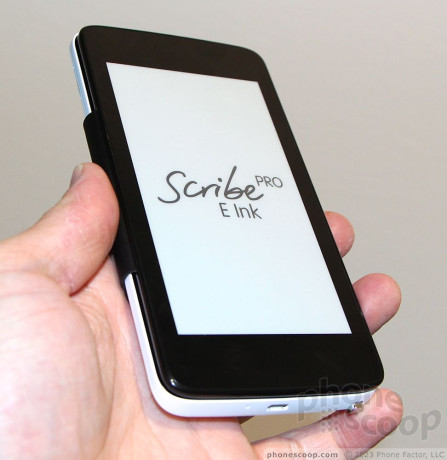
Alcatel introduced two very interesting smartphones at IFA this week. The Hero makes use of a novel e-ink cover, while the Alpha has translucent body panels that light up, and the mini is a cute, little smartphone.
Hero
Alcatel makes no bones about it: it is gunning for the Samsung Galaxy Note 3 with its Hero smartphone. The new device, a phablet with a 6-inch display, is as large physically as it is ambitious in terms of marketing and its potential with consumers.
The Hero borders on the same dimensions of Samsung's Galaxy Mega more than the Note 3. It is a gigantic phone, of that there is no doubt. The screen takes up the bulk of the front and there's very little bezel surrounding the screen. It is made of plastic and doesn't necessarily go with a premium look and finish. The plastics are solid, and well-shaped, but stop short of being amazing or even impressive.
The Hero's size makes it hard to grasp comfortably. It is very wide, but thankfully Alcatel kept the weight down. It is slim, but I've seen slimmer. You might be able to fit it into a pocket, but only a big one.
The full HD screen looks really, really good. It's much better than the Mega's display, but perhaps not quite as impressive as the Note 3's display. The 6-inch screen offers 1920 x 1080 pixels and is bright and colorful. There are three capacitive buttons below the screen that are hard to see and find.
There is a small, thin hatch on either side of the device covering ports. The microSD card goes in the left port, and the SIM card goes in the right port. The hatches have a low profile. The screen lock button and volume toggle are both on the right. They have a decent profile, but I was not impressed with travel and feedback. The headphone port is on the top and both the microUSB and stylus are found on the bottom.
The Hero runs Android 4.2 out of the box and has Alcatel's user interface skin on it. It operates the same as most other Android devices, but looks somewhat different thanks to the color palette and changed icons.
The device itself is nice, no doubt, but is joining a crowded field of phablets. Alcatel decided to do something to make the Hero stand out, and that is why it developed an entire range of accessories that include some interesting optional covers. The back of the device has a series of exposed contacts. These contacts are magnetized and can be used to transfer power and data to the covers and other accessories.
First, there's a normal cover that protects the screen. It attaches to the back of the device via magnets and holds onto the Hero firmly. All it does is protect the screen. Second, there's a capacitive charging cover. It attaches to the Hero in the same manner, but can be used with a charger to charge the device wirelessly.
Then there's the LED cover. It looks exactly like the others, but has 81 LEDs embedded in the cover near the top. You can't see them unless they are lit up. The magnets that form the latch on the back of the cover are also contacts, which makes the cover a smart one. It uses the LEDs to display different things on the cover, such as an incoming calls, text messages, emails and so on. It doesn't show you the text, mind you, just a generic icon that there's an unread message waiting. The LED lights up when the device is being charged, shows the time and/or date, and can also be set to show a graphic equalizer when playing some tunes. It's pretty neat.
Last, and most importantly, there's the e-ink cover. According to the man behind the idea, Alcatel's Dan Dery, the company wanted to make something that really stands out and the e-ink cover is it. It is a thick cover that has a five-inch screen. The e-ink cover attaches to the Hero just the same as the others. It can be used in a very limited fashion, and Dery was sure to call it a prototype that may not come to market. It can be used for reading books. This is the primary focus, to replace dedicated e-readers such as the Nook or Kindle. It draws power from the Hero itself, but very little power thanks to the e-ink technology. It is not a touch screen. Owners of the Hero need to scroll through text with the volume toggle. When not being used for reading, the e-ink cover cycles through several different wallpapers, including a calendar, some artwork, and so on. It doesn't offer alerts or anything like that. It's an interesting concept that reminds us of the Russian company that stuck an e-reader on the back of one of its smartphones for a similar reason.
At the moment, there are no price points or availability information for any of these products. Alcatel said it hoped to have the phone, which was very much a prototype, ready before the end of the year.
Alpha
The Alpha is not the first smartphone to bring flashing lights to the market, but it is perhaps one of the most attractive.
Alcatel Chief Marketing Officer Dan Dery explained that the company wanted to make a premium product that was unique and different from the boring sea of black slabs. The Alpha is encased in an aluminum frame that is wrapped around the outer exterior. The frame has a beautiful shape to it, with nice chamfers that join it with the glass on the front of the phone. It has black cuts in the side, similar to the iPhone, and also forms the antennas for the phone. The back panel is not made of metal, but it has the same metallic finish that the aluminum frame does. The mixture of metal and glass is a pleasing one. I really like the look and feel of the Alpha a lot.
It is a mid-sized device, perhaps a bit smaller than the Galaxy S4 or HTC One. It is slim and easy to hold, but somewhat heavy thanks in part to the materials used. The screen is quite nice. The Idol Alpha includes a 4.7-inch 720p HD display with Dragontail glass. The slightly smaller size offsets the lower resolution a little bit. The wallpapers that Alcatel had running on the phone looked brilliant on the screen.
The Alpha is end-capped by two translucent bars. These are where the LEDs are. According to Alcatel's Dery, the Alpha will only have white lights. He said he didn't want to release a product that looked like a "Christmas tree." The LEDs themselves are very hard to see. They are invisible in the top bar, but can be seen in the bottom translucent bar as they double for the Back, Menu, and Home buttons. Even though they light up when being used for the menu functions, the light is faint enough that I had a hard time seeing them in the bright conference room. Alcatel might need to tweak how much power is going to the LEDs. Speaking of which, Alcatel said the LEDs can each offer 12 different brightness levels, rather than just on or off. This lets the notification patterns take on a much smoother look.
The patterns themselves weren't quite ready for primetime. In fact, the only working prototype on hand had stopped functioning by the time we got to it. The LEDs light and and can be set to show a number of different patterns depending on the type of notification. Incoming calls have one pattern, while text messages have another. There are controls in the settings menu that manages which alert gets which pattern.
Beyond this, the rest of the device has a lot of appeal. The high-end materials look and feel great. As with the Hero, Alcatel said it wasn't sure when the device would reach the market. The prototypes on hand were exceptionally buggy and obviously not mass-produced.
Idol Mini
The Idol Mini, which may arrive in the U.S. in the coming months, is a cute little addition to Alcatel's lineup of Android smartphones. It has a near-premium feel in a compact and comfortable form factor that has plenty of appeal.
The Idol Mini is a small and slim device that is cased in a metallic shell. The smaller screen size, 4.3 inches, allowed Alcatel to keep the overall footprint at a minimum. The body shell is formed from one piece, and that means there are no edges or grooves to bug your hand. It has a rounded profile thanks to gently-curved sides. The device, though a prototype, felt strong and solid yet light and airy at the same time.
The screen has 854 x 480 pixels, but it still manages to look pretty good thanks to the less-than-phablet dimensions of the phone. Brightness of the screen was excellent, and that helped offset the noticeable pixels. Viewing angles were good, but there was a bit of brightness drop-off when the phone was tilted side to side. There are three capacitive buttons below the screen. They are easy to find and work well.
The volume toggle is on the left side of the phone. It is silver-colored and stands out visually. The profile of the button is decent and travel and feedback were good. The screen lock button is on the top of the phone. It, too, has a good profile, though travel and feedback weren't as good. There are slim hatches placed into the right edge of the phone for the microSD and SIM cards.
The back of the phone has a nice texture to it that makes the Mini easy to grip. There's a 5-megapixel camera and flash there, as well as the speakerphone grill.
The devices on hand at the Alcatel booth were running Android 4.2 with Alcatel's light user interface skin. The icons and colors are a bit different from other Android devices, but it works just the same.
If the Alcatel Idol Mini reaches the U.S., it'll likely be carrier by one of the smaller, regional network operators.
Comments
Dig it.
I don't know exactly how do e ink displays work, but this accessory has caught my attention: I wonder if it could be possible to improve this technology and do something more fancy out of it. ...
(continues)


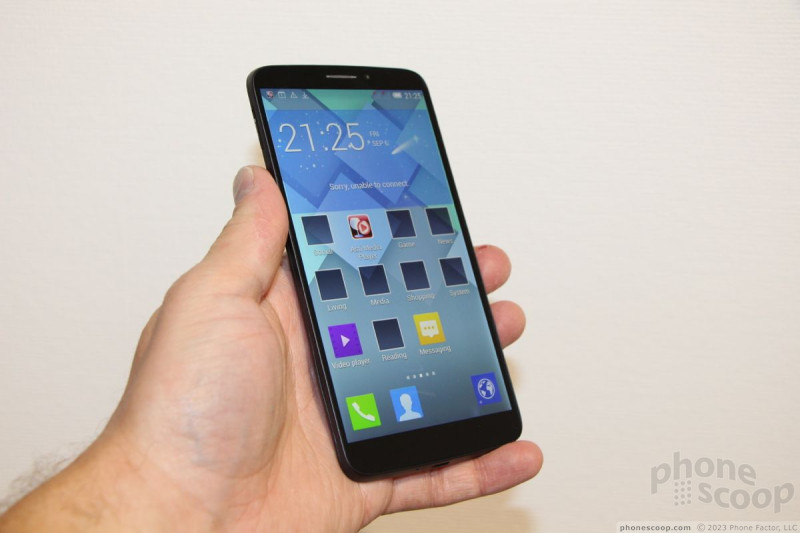











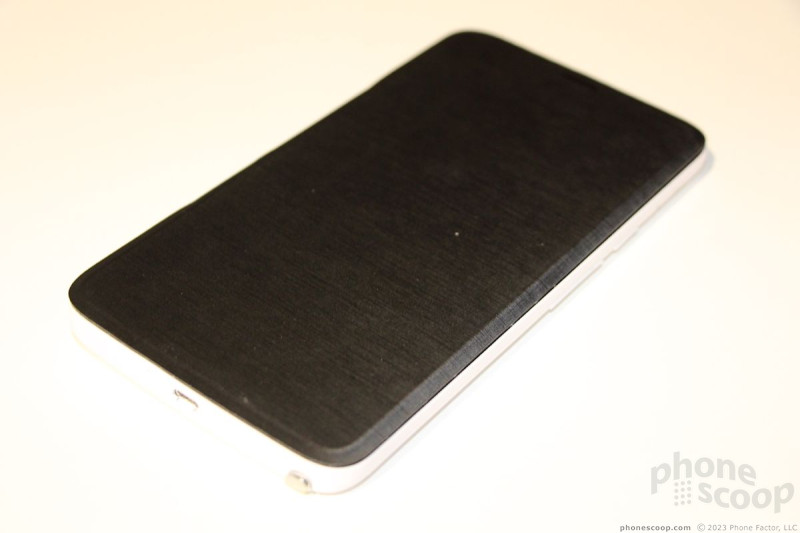







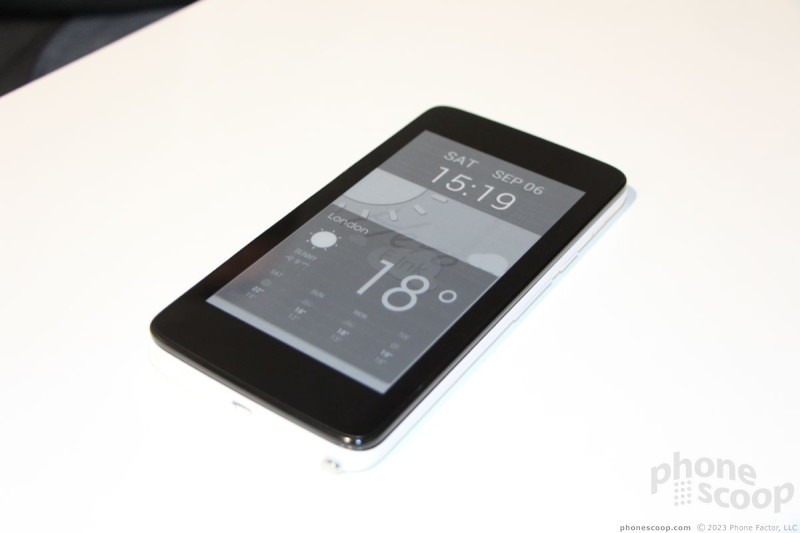










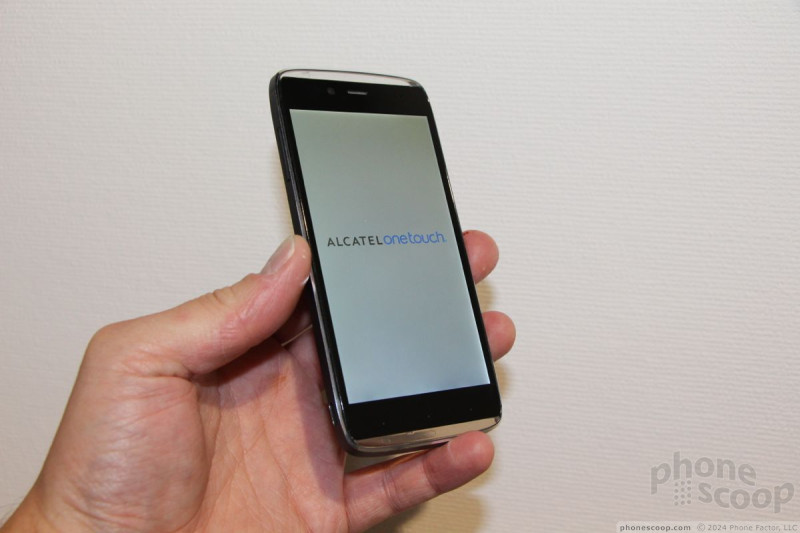













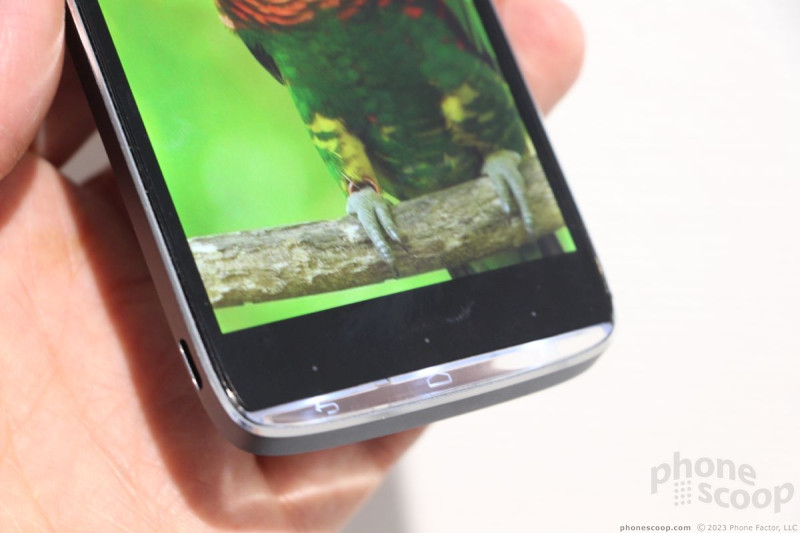





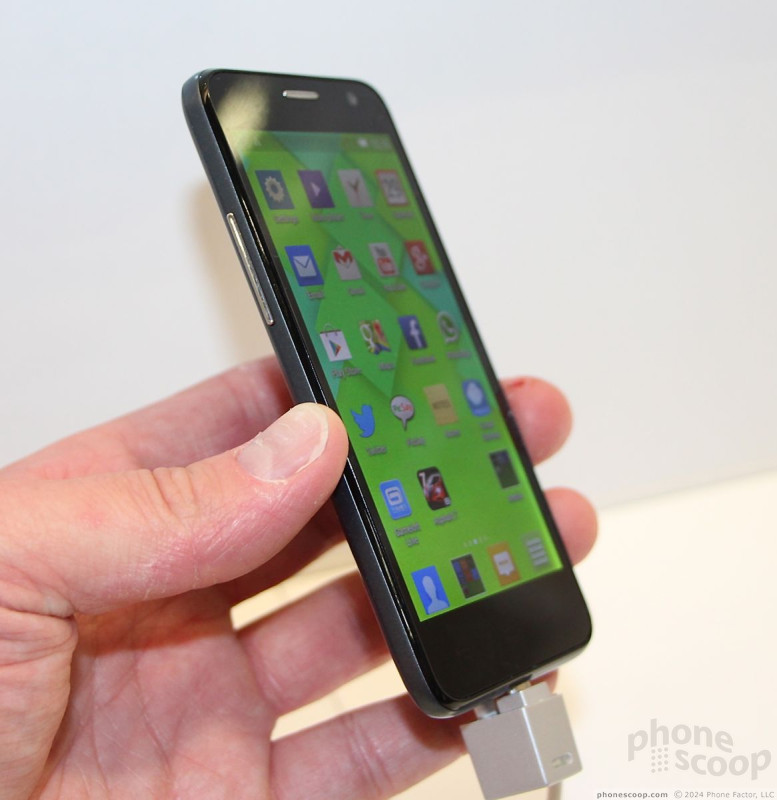











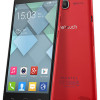 Alcatel Spills Details On the Idol S and Idol Mini
Alcatel Spills Details On the Idol S and Idol Mini
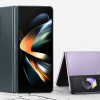 Samsung Refines its Foldable Phones
Samsung Refines its Foldable Phones
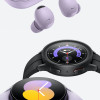 Samsung Upgrades its Wearables
Samsung Upgrades its Wearables
 iPhone 14 Plus Offers a Big Screen For Less
iPhone 14 Plus Offers a Big Screen For Less
 Samsung S24 Series Adds More AI, Updates the Hardware
Samsung S24 Series Adds More AI, Updates the Hardware


